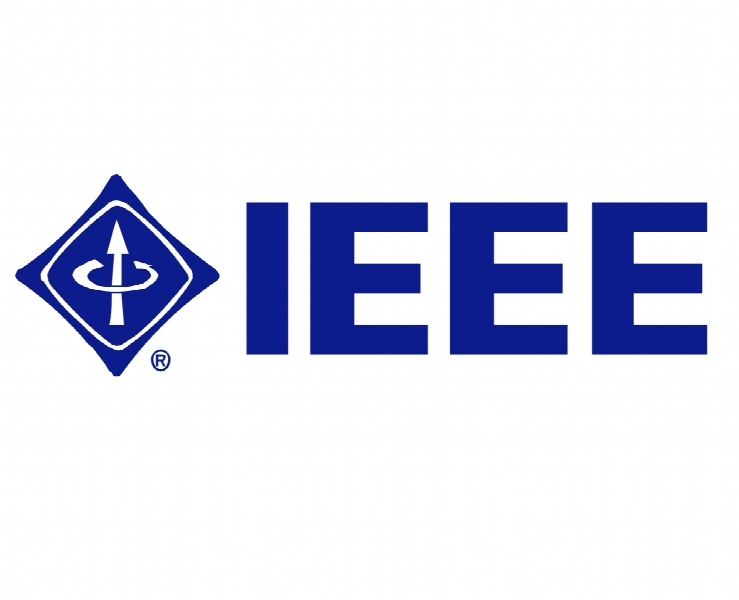تامین منابع برای خدمات اینترنت اشیا در مه Resource Provisioning for IoT Services in the Fog
- نوع فایل : کتاب
- زبان : انگلیسی
- ناشر : IEEE
- چاپ و سال / کشور: 2018
توضیحات
رشته های مرتبط مهندسی فناوری اطلاعات
گرایش های مرتبط اینترنت و شبکه های گسترده
مجله نهمین کنفرانس بین المللی محاسبات و برنامه های کاربردی مبتنی بر سرویس – 9th International Conference on Service-Oriented Computing and Applications
منتشر شده در نشریه IEEE
گرایش های مرتبط اینترنت و شبکه های گسترده
مجله نهمین کنفرانس بین المللی محاسبات و برنامه های کاربردی مبتنی بر سرویس – 9th International Conference on Service-Oriented Computing and Applications
منتشر شده در نشریه IEEE
Description
I. INTRODUCTION Due to the wide adoption of virtualization and cloud technologies, companies and end users nowadays have the means to lease and release computational assets in an ondemand, utility-like fashion [1]. As a second major technology trend, the arrival of the Internet of Things (IoT) leads to the pervasion of business and private spaces with ubiquitous computing devices, which are available in many forms, are able to act autonomously, and are connected to both the Internet and other devices [2]. Furthermore, IoT devices, e.g., IoT gateways, sensor nodes, or single board computers used in IoT environments, do not simply act as sensors, but feature computational, storage, and networking resources. Together, the proliferation of cloud and IoT technologies enables both, small-scale and large-scale smart environments and systems for various domains, such as smart healthcare, smart cities, smart energy grids, or smart factories [3]. However, from a technical point of view, the decentralized nature of the IoT does not match the rather centralized structure of the cloud. Today, IoT data is often sourced in a distributed way, sent to a centralized cloud for processing, and is then delivered to the distributed stakeholders interested in this data or other IoT (edge) devices, which in many cases are located close to the data sources. This results in high link delays and, accordingly, low data transfer speed between IoT devices as well as the IoT devices and potential users [4]. In order to prevent this, the support of decentralized processing of data on IoT devices in combination with the benefits of cloud technologies and virtualization has been identified as a promising approach to reduce communication overhead and data transfer time in the IoT [5], [6]. To achieve this, it is necessary to move parts of the computational and storage resources needed to execute IoT services closer to the edge of the network [7]. The underlying conceptual approach, i.e., the virtualization of IoT devices and the subsequent usage of the virtualized resources to execute services, is known as fog or edge computing [4]. We use the term fog computing in the following. Fog computing mirrors the basic structure of the IoT, where a multitude of heterogeneous, networked devices cooperate [2], [7]. Fog cells, i.e., single IoT devices coordinating a group of other IoT devices and providing virtualized resources, are located close to the edge of the network. These cells allow executing IoT services close to the data sources or sinks, instead of involving the cloud. This leads to decreased delays, as well as a better utilization of already available computational, storage, and networking resources in the fog. Potential use cases for fog computing include typical IoT scenarios, e.g., data prefiltering in Big Data scenarios [8] or preprocessing of data streams from sensor nodes [9].


